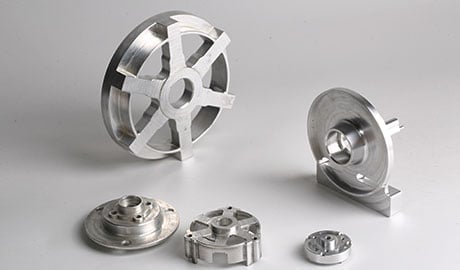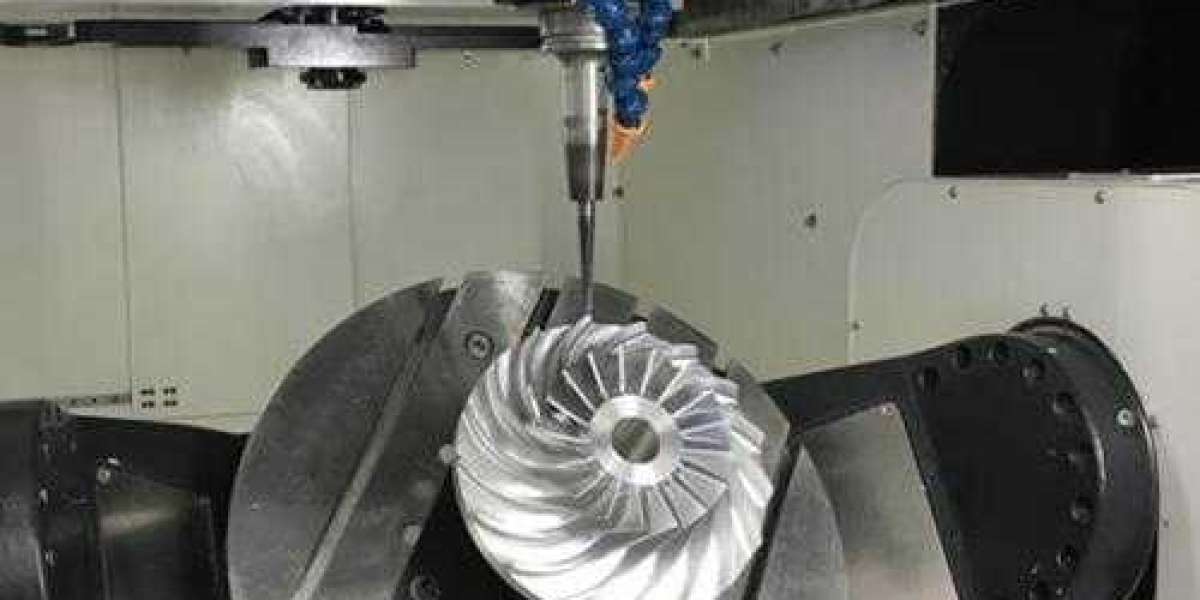Rapid prototyping is the process of quickly and affordably creating a tangible prototype of a new product or service. Some concepts will be utilized only as aesthetic mock-ups or scale models, while others must meet more severe operational criteria.
Prototypes are utilized for testing, concept modification, and system effectiveness. Manufacturing energy, flexibility, and scalability are hence desired attributes.
Let's take a closer look at CNC machining services and why they're an excellent alternative for rapid prototyping.

Attempts to replicate the final result
Some models are made solely to mirror the appearance of the final product, while others mimic both its look and layout. When you use rapid CNC machining, the model will look and behave exactly like the finished product.
Following the design, CNC machining might produce a single final component or a sequence of pieces for your prototype. To develop visual renderings of the prototype or parts, several rapid prototyping techniques, such as 3D printing, are often employed.
On the other hand, CNC machining produces items that are extremely comparable to those produced by injection molding, a conventional mass-production process. As a result, CNC machining produces long-lasting, functional parts that are strikingly identical to the finished, ready-to-sell items.
Extraordinary outcomes
CNC machine tools may drastically cut the time required to manufacture and assemble items. CNC machine tools have a high spindle speed and feed capabilities, allowing them to cut huge quantities of product rapidly and efficiently.
High-speed machining is now possible with CNC machine tools. Parts are manipulated using CNC machine tools. The semi-finished product's rapid acceleration and placement, as well as the high-speed cutting, shorten production cycle times and boost output.
There are several materials from which to pick
While most 3D printing services use plastic polymers, CNC machining uses a wide range of materials. CNC aluminum and aluminum alloys are the most often utilized materials. There are, however, numerous additional resources.
CNC machines can be made from nonmetallic materials such as plastics, wood, and foam. This makes creating a prototype with the desired hardness, tensile strength, wear tolerance, and other properties a breeze.
Extremely adaptable
Processing software has an impact on how CNC machine tools can produce parts. It's not your typical milling machine. Several gears and fixtures do not need to be created or replaced, and the machine tool does not need to be updated on a regular basis.
CNC machine tools are thus ideal for situations in which parts must be changed regularly. Because it shortens the production preparation cycle and reduces process gear costs, it is excellent for single-piece, small-batch manufacturing and product development.




Marcelo Orlando 42 w
Estas empresas sempre nos salva nas horas que mais precisamos